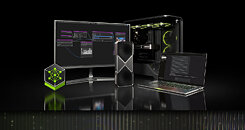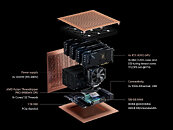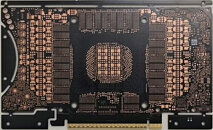
NVIDIA's DLSS Transformer Exits Beta, Ready for Deployment
NVIDIA's DLSS Transformer officially graduates from beta today and is rolling out in its full, stable form across supported games. Following its debut as part of the DLSS 4 update, which features multi-frame generation and significant improvements in image quality, the technology has proven its worth. By replacing traditional convolutional neural networks with Transformer models, NVIDIA has doubled the model's parameters, boosted compute throughput fourfold, and delivered a 30-50% uplift in ray-traced effects quality, according to internal benchmarks. Even more impressive, each AI-enhanced frame now processes in just 1 ms on an RTX 5090, compared with the 3.25 ms required by DLSS 3.
Under the hood, DLSS 4 can tap into Blackwell-exclusive hardware, from FP8 tensor cores to fused CUDA kernels, and leans on vertical layer fusion and memory optimizations to keep overhead in check even with models twice the size of their CNN predecessors. To fine-tune performance and eliminate glitches such as ghosting, flicker, or blurring, NVIDIA has quietly run this network through a dedicated supercomputer for the past six years, continuously iterating on its findings. The result is a real-time AI upscaling solution that pairs a higher-performance AI architecture with rigorously validated quality.
Under the hood, DLSS 4 can tap into Blackwell-exclusive hardware, from FP8 tensor cores to fused CUDA kernels, and leans on vertical layer fusion and memory optimizations to keep overhead in check even with models twice the size of their CNN predecessors. To fine-tune performance and eliminate glitches such as ghosting, flicker, or blurring, NVIDIA has quietly run this network through a dedicated supercomputer for the past six years, continuously iterating on its findings. The result is a real-time AI upscaling solution that pairs a higher-performance AI architecture with rigorously validated quality.





















































